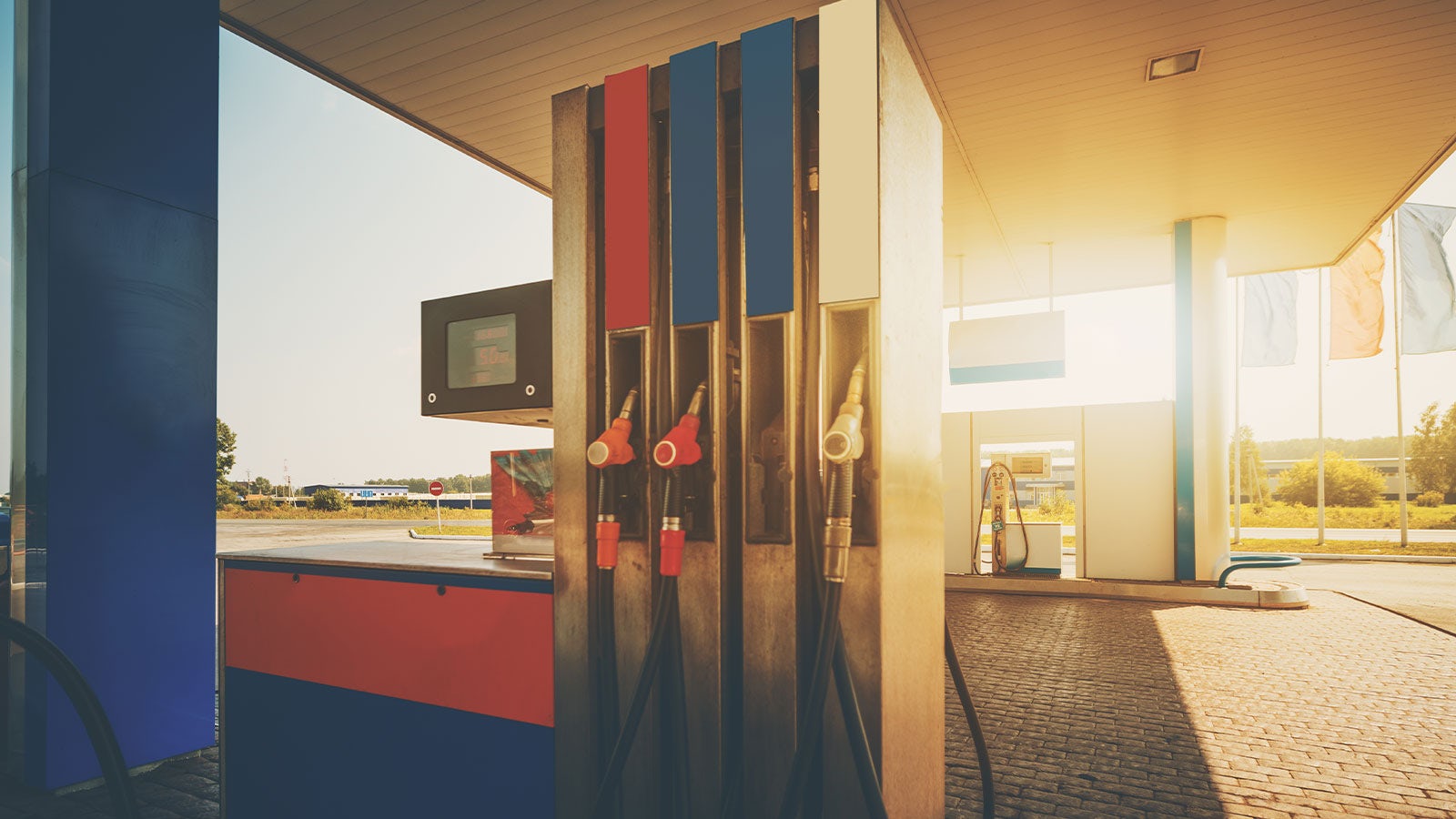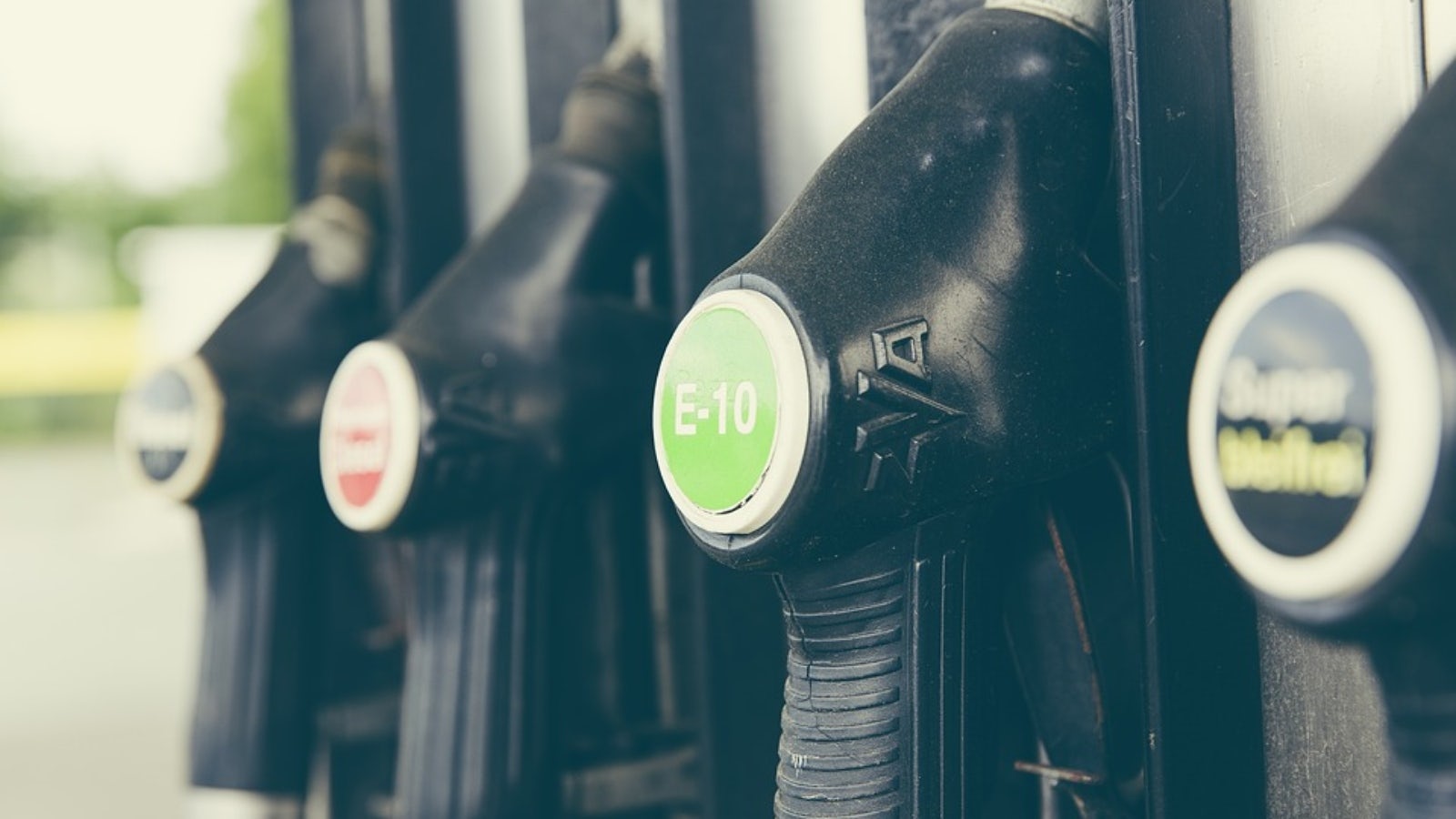When we talk about refuelling, most drivers think of fluctuating oil prices, tax policy or competition between petrol stations. However, there is another factor that influences, albeit in a more subtle way: the season of the year.
And it is not an urban legend, but a physical and economic reality. For this reason, in this article we are going to tell you when it is cheaper to refuel and the causes that make going to the petrol station cheaper in some months than in others.

The Factor of Temperature and Fuel Density
Gasoline and diesel expand with heat and contract with cold. This means that, in summer, the fuel has a lower density per litre, while in winter it is denser. Since petrol stations measure fuel by volume (litres) and not by mass, when we refuel on a hot day, we are actually getting slightly less energy per litre than on a cold day.
The difference, however, is minimal for the average user. In climates such as Spain, the change in density between 0 °C and 30 °C can lead to an approximate variation of between 1% and 2% in the energy content per litre. This means that, in practice, the impact on the actual cost per kilometre is small, but it exists.

Seasonal demand and price
Beyond the physical, there is the economy: in summer the demand for fuel skyrockets due to the increase in trips, especially during the holiday season. This pressure on demand, together with international factors (price of a barrel of Brent, logistics costs, tax changes), causes companies to adjust prices upwards.
On the other hand, in winter, although there is consumption for heating and transport, private mobility is lower, which tends to moderate the pressure on prices. According to historical data from the Ministry for Ecological Transition, in July and August the average price of petrol and diesel is usually between 3 and 6 cents more expensive per litre than in the colder months.

Which weighs more: physics or economics?
Although the thermal effect on fuel density is real, its impact on the pocket is almost imperceptible in the face of the seasonal price increases caused by summer demand.
In other words: in summer, filling up the tank almost always costs more because of the sale price, not because of the temperature of the fuel. Here is a table with average fuel prices since 2021:
Petrol 95 and Diesel A — Average price (€/l)
| Year | January (G95 / Diesel) | July (G95 / Diesel) | August (G95 / Diesel) |
|---|---|---|---|
| 2025 | 1,56 / 1,49 | 1,49 / 1,43 | 1.49 / 1.43 (approx.) |
| 2024 | 1,51 / 1,42 | 1,59 / 1,46 | 1,58 / 1,45 |
| 2023 | 1,63 / 1,69 | 1,61 / 1,46 | 1,70 / 1,59 |
| 2022 | 1,51 / 1,39 | 2,01 / 1,97 | 1,81 / 1,85 |
| 2021 | 1,21 / 1,10 | 1,41 / 1,26 | 1,42 / 1,26 |
Note: In 2022, MITECO reports specify that the RRPs do not include the extraordinary discount of 20 c€/l applied that year; that is why that column reflects the "full" price with taxes before the bonus.
What can we see in the table?
In annual terms, prices hardly change between winter and summer: petrol was around €1.48–1.50/l, while diesel remained stable at around €1.43/l. The seasonal difference does exist, but it is less relevant than global factors such as the price of oil or taxes.

However, this first week of August has turned out to be the cheapest since 2021, according to data from MITECO. Although prices are still high historically, and have been higher in summer than in winter, this year the trend is downward.
Do you want to switch to electric?
What really weighs more?
- Density effect: slight physical difference, but not economically significant.
- General fuel price: this is the dominant factor, with increases or decreases due to the price of crude oil, taxes and seasonal demand pressure.

Of course, if you are looking to squeeze every penny, refueling in the early hours of the morning or in cooler stations can guarantee you a slight density advantage, as well as avoiding queues when refueling.
